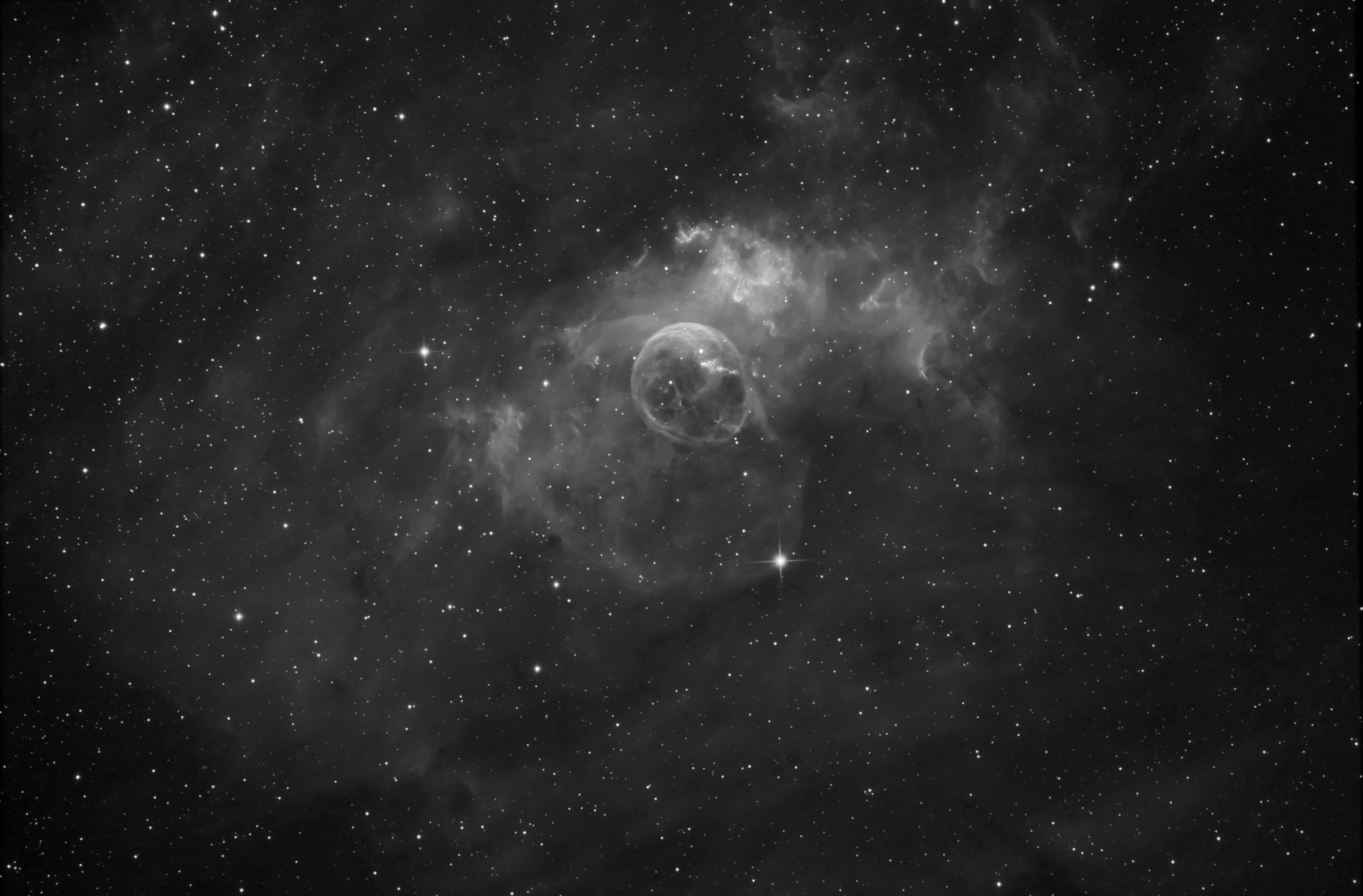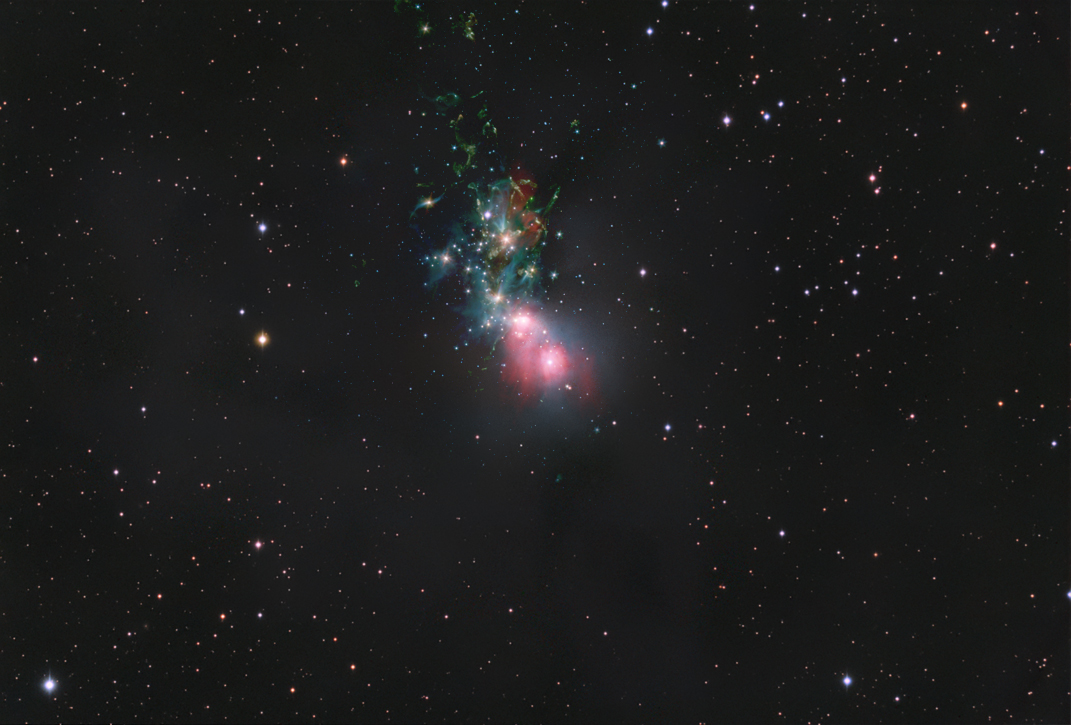I attended the organized obseration, but am only writing about it now. Do not ask questions. Do not ask questions. I showed up around 7:30 or 7:45 and helped set up and we began by observing Jupiter and three of its moons; the others were too small or far away and Io was in transit at the time. We also saw most of the constellations we had learned so far, including Sagitarius (the teapot in particular), Scorpius, Cepheus, Ursa Minor, and the three constellations in the Summer Triangle; we also saw many of the first magnitude stars, including Fomalhaut, a star we had not learned of previously. Most people saw Uranus, though it was very small and barely registered as a smudge of color; Andromeda was a much better view, appearing as a very tiny object despite its size. We also saw the double binary star in Lyra and another binary star, Albireo, in Cygnus. The stars overhead were much clearer due to both their relative brightness and the lack of some atmospheric interference.
Time- 2:30 x 2 - 5 hours, yay.



